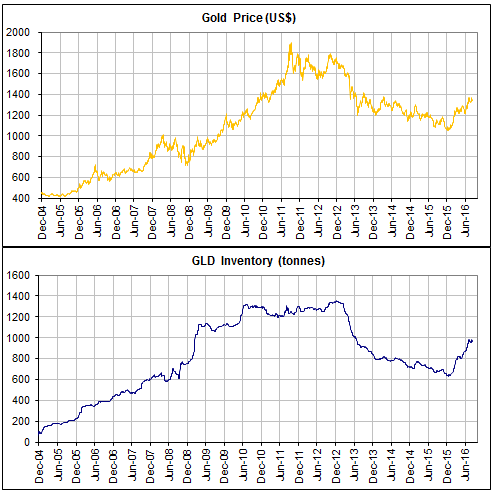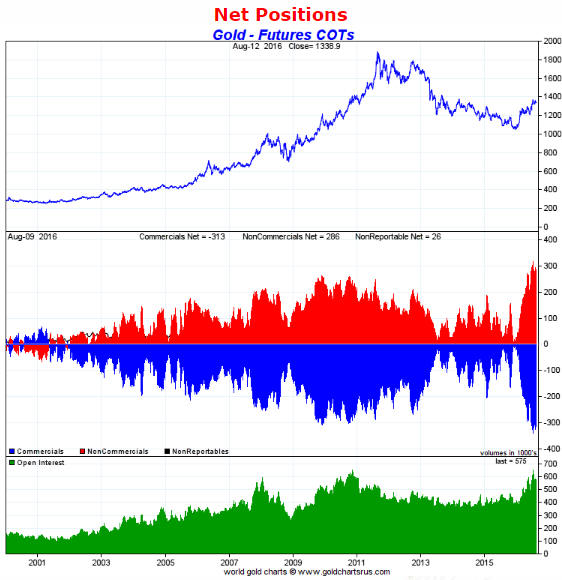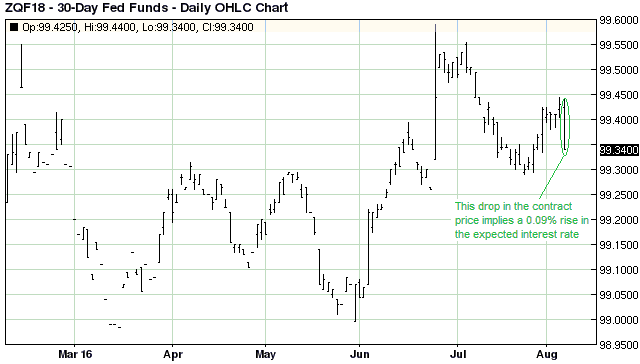but possibly not in your lifetime.
As I mentioned in a blog post back in April of last year, I have never been in the camp that exclaims “buy gold because the US is headed for hyperinflation!”. Instead, at every step along the way since the inauguration of the TSI web site in 2000 my view was that the probability of the US experiencing hyperinflation within the next 2 years — on matters such as this there is no point trying to look ahead more than 2 years — is close to zero. That remains my view today. In other words, I think that the US has a roughly 0% probability of experiencing hyperinflation within the next 2 years.
I also think that the US has a 100% probability of eventually experiencing hyperinflation, but this belief currently has no practical consequences. There is no good reason to start preparing for something that a) is an absolute minimum of two years away, b) could be generations away, and c) is never going to happen with no warning. With regard to point c), we will never go to bed one day with prices rising on average by a few percent per year, 10-year government bond yields below 2% and the money supply rising at around 8% per year and wake up the next day with hyperinflation.
It takes a considerable amount of time (years, not days or weeks) to go from the point when the vast majority is comfortable with and has confidence in the most commonly used medium of exchange (money) to the point when there is a widespread collapse in the desire to hold money. Furthermore, many policy errors will have to be made and there will be many signs of declining confidence along the way.
The current batch of policy-makers in central banking and government as well as their likely replacements appear to be sufficiently ignorant or power-hungry to make the required errors, but even if the pace of destructive policy-making were to accelerate it would still take at least a few years to reach the point where hyperinflation was a realistic short-term threat in the US.
In broad terms, the two prerequisites for hyperinflation are a rapid and unrelenting expansion of the money supply and a large decline in the desire to hold money. Both are necessary.
To further explain, at a time when high debt levels and taxation underpin the demand for money, a collapse in the desire to hold money could not occur in the absence of a massive increase in the money supply. By the same token, a massive increase in the money supply would not bring about hyperinflation unless it led to a collapse in the desire to hold money.
Over the past three years the annual rate of growth in the US money supply has been close to 8%. While this is above the long-term average it is well shy of the rate that would be needed to make hyperinflation a realistic threat within the ensuing two years. Furthermore, high debt levels in the US and counter-productive policy-making in Europe will ensure that there is no substantial decline in the desire to hold/obtain US dollars for the foreseeable future.
The upshot is that there are many things to worry about, but at this time US hyperinflation is not one of them.
 Print This Post
Print This Post



